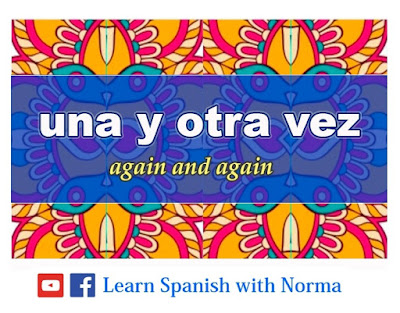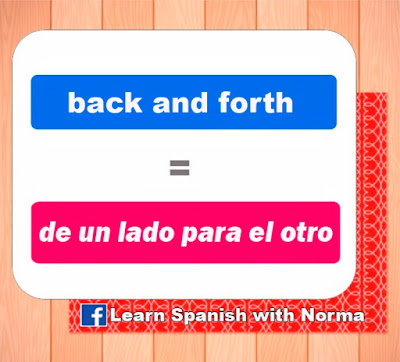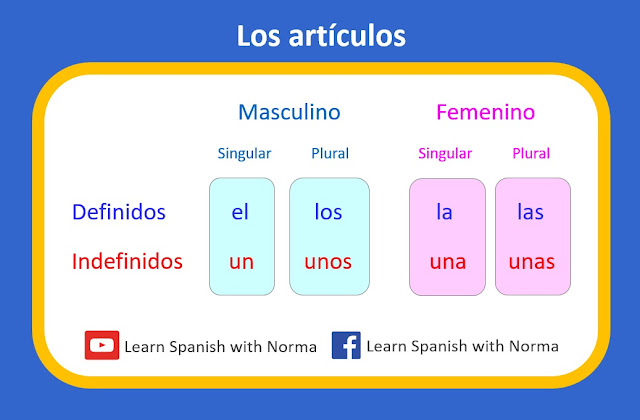una y otra vez

The Spanish word for "again and again" is "una y otra vez". Let's see some example sentences using the expression "una y otra vez" for you to practice and see how to use this Spanish expression: - Leí el libro una y otra vez. I read the book again and again . - Los actores tienen que ensayar la obra una y otra vez. A ctors have to rehearse the play again and again. - Tienes que hacerlo una y otra vez hasta que lo hagas bien. You have to do it again and again until you get it right. - Repasaron los mismos argumentos una y otra vez. They went over the same arguments again and again. - Llamé a su oficina una y otra vez, pero nadie contestó. I called his office again and again, but no one answered. - Cuando practicas debes hacer la


